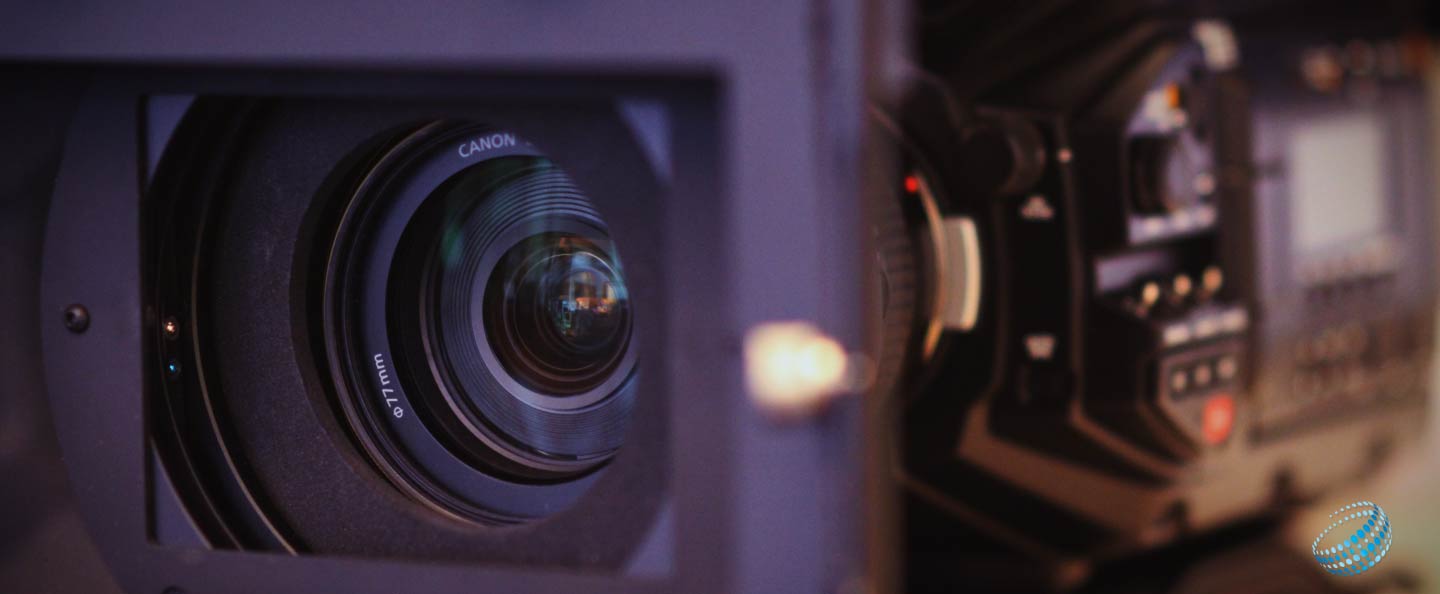How do I get a video made?
Many people, given the task of commissioning a video for their organisation, are at a loss as to where to start. We thought we’d map out the process and give you a few pointers as to how to go about it.
1. Write a ‘brief’
Create a short document that explains what you want. It should include:
- Who your audience will be
- The main messages you want to communicate
- How the final version is to be used – at a conference, as a DVD, a presentation, web or perhaps all of these
- Your time frame for completing the project
2. Budget
Get some quotes. The temptation is to get three quotes and go for the middle one. That might work out fine, but is no real gauge as to the quality or value for money of your final result.
We’d recommend you ask companies for a daily rate for shooting and editing, that’s a clearer comparison. Alarm bells should ring if they don’t want to give you daily rates.
Make sure they explain in detail what they’re intending to give you for the money they want to charge. If it all sounds like technical jargon maybe you should talk to someone else.
Production companies would rather you let them know your budget. Some prospective clients don’t like the idea of this, but you can get a much more accurate idea of what can be produced if we start from a known budget. The difference between a £5,000 production and a £10,000 production will be considerable. Of course how you play it is up to you.
3. Treatment
The production company puts together a written treatment explaining how they intend to produce your programme. They might produce a treatment with their quote. Work will commence once you have agreed the treatment
4. Storyboard
A storyboard is a representation of the video in the form of a series of small sketches like a cartoon strip. These are used occasionally but they’re not essential to the process. Sometimes the shooting script, described below, is called a storyboard.
5. Script/shooting script
Next the production company will write a script, although not every programme has narration. The script is agreed and you’ll finally end up with a shooting script which usually consists of pages with two columns showing the text of the narration and interview sections on the left and the visuals on the right.
6. Shooting
Dates are agreed and shooting commences. The client is involved in shooting as much as they feel necessary. You’ll probably want to be present at interviews and their customers’ premises but maybe not if there is more generic shooting involved. We can supply you with copies of the footage with the timecode displayed in picture. The client can then choose shots and note down the relevant timecodes. Often though it’s easier to leave that to the editor.
7. Edit
The edit includes cutting together the content to come up with the basic programme, colour grading the footage and adding music, graphics and visual effects to complete the film. Occasionally a client might want to sit through the whole edit, but editing is a time consuming process and it’s not usually good use of your time. More generally we’ll complete most of the edit and sent the client a file to view and give us feedback. This might happen a couple of times before we agree on a final version.
Files and formats. What does the client take away?
Almost universally the client will require a high definition (HD) mp4 file as the final media. This is an internet compatible format suitable for pretty much all on-line uses. We can also supply a Quicktime ProRes master which might be the used on large screens at conferences or exhibitions. There is a variety of other formats that we can easily supply if required.
So if you’re thinking “I need a video to go on YouTube” or “I need to make a promo video” or perhaps you need to film an event or record a conference or you need a video for a website. You might need to produce a marketing video or make a corporate video, the stages involved are all very similar. If you need any kind of video production please give us a call.


